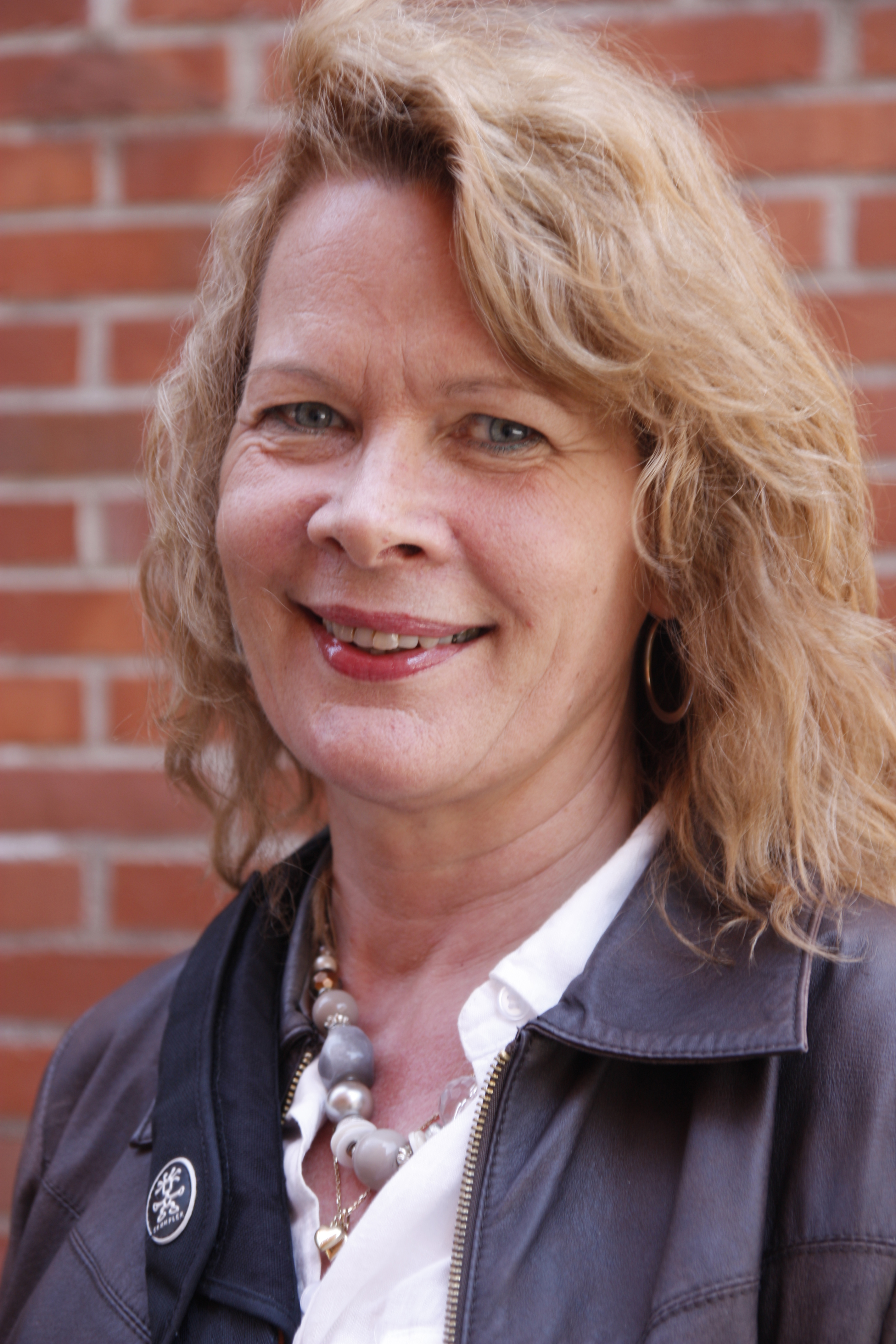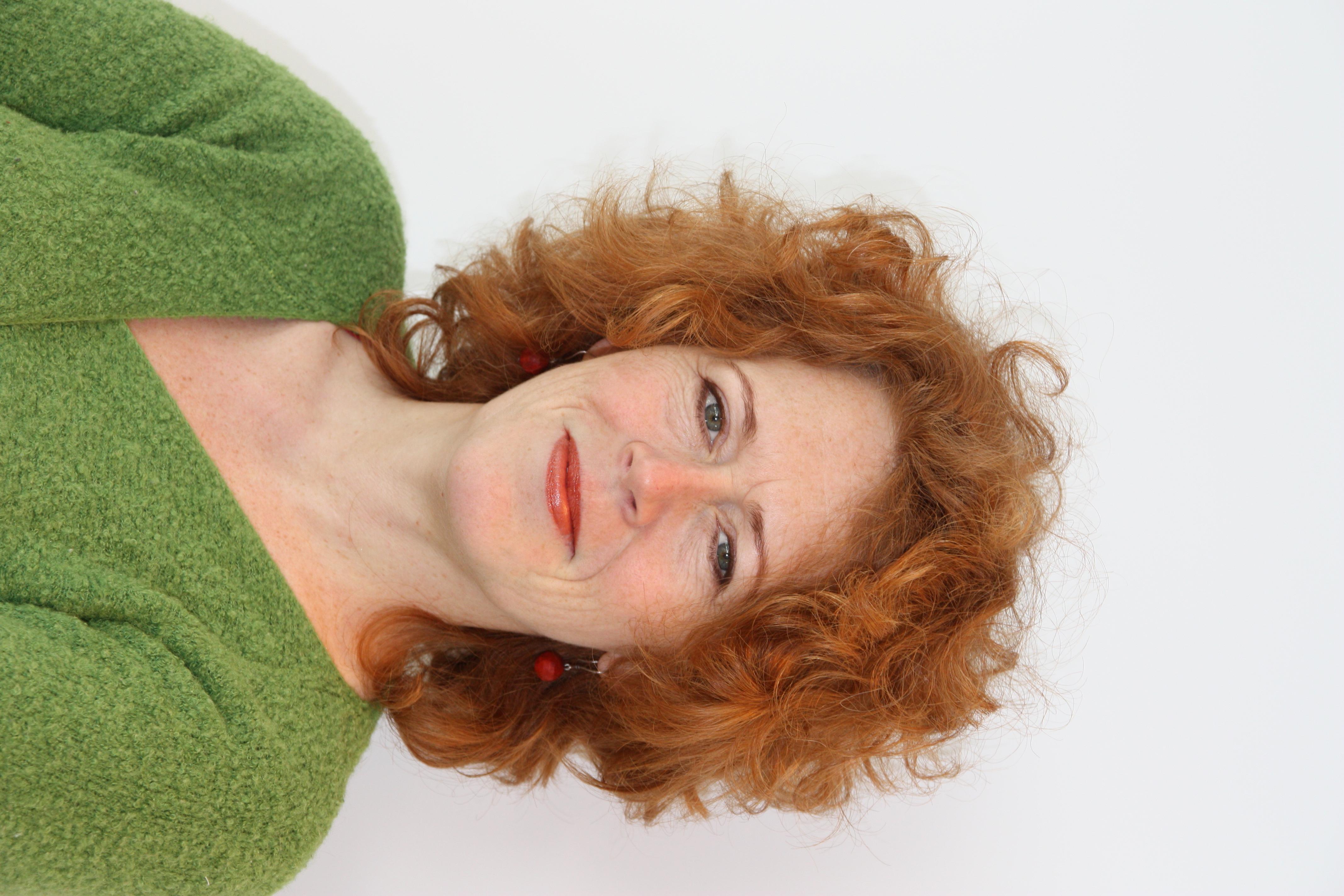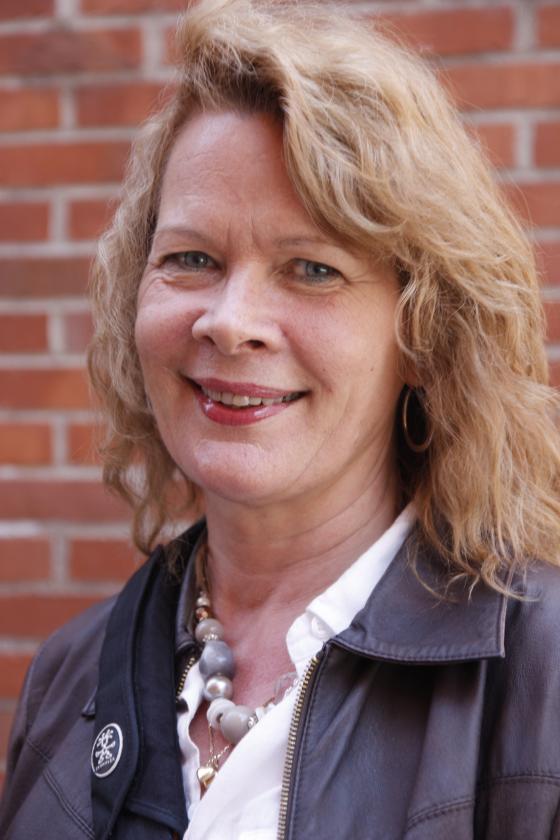Do women need gender points?
“It is more important for the universities to become adept at marketing the engineering sciences to women rather than designing measures such as gender points to increase their numbers,” says Svandis Benediktsdottir, Gender Equality Adviser at the Norwegian University of Science and Technology (NTNU).

The scheme that gives additional points to the underrepresented gender in the admission process to higher education has been under debate this spring. Many have voiced their support for giving men additional points in several fields of study. While women in Norway are granted gender points in 139 individual study programmes, men only receive additional points if they apply for studies in veterinary medicine or veterinary nursing.
Now the question is being raised: Do female applicants need gender points for all the fields of study encompassed by the scheme?
At NTNU, women receive extra gender points for several of the civil engineering programmes. Gender Equality Adviser Svandis Benediktsdottir wonders how important these points actually are for achieving gender balance in these subjects.
“Many young women who choose natural science have been at the top of their class throughout their entire schooling. They have made conscious choices and earned high marks, so they probably would have been admitted anyway,” she says.
Higher marks
Statistics on average final marks and examination marks for pupils who completed primary school in 2008 show that physical education was the only subject in which boys had better final marks than girls (figures from Statistics Norway). On average, the girls earned higher marks than the boys in all other subjects, although in many subjects the differences were small.
According to Benediktsdottir, however, the problem is not that women’s marks are not good enough to be admitted to studies in technology and natural science, but that they do not apply for many of these fields.
“These disciplines have not been able to attract women. I think it is more important for the universities to become adept at marketing the engineering sciences to women rather than designing measures such as gender points to increase their numbers. We need to show young women how these subjects involve working with human development,” she says. Benediktsdottir also explains that some women have a critical view of gender points. They have managed on their own, and they perceive the additional points as a kind of enforced fairness which they have not asked for.
“A few years ago we had this debate regarding computer science at NTNU. At that time several women felt that gender points had a stigmatizing effect. It also turned out that women who had chosen to study computer science had such high marks that they would have been admitted to the programmes anyway.”
Temporary measures
Benediktsdottir does not know whether NTNU has an overview of how many women would have been admitted to the study programmes without extra gender points, but she thinks it is important for the institutions to stay apprised of this.
“Measures for increasing the percentage of students of the underrepresented gender should be used on a temporary basis. When the target is reached, the measure should also be discontinued. As one example, we have done this for industrial design. Women used to be given gender points for that programme, but now the majority of students are women.”
Women will also soon comprise half of the students in fields such as nanotechnology, according to Benediktsdottir.
“I think that many subjects will have a majority of female students if the universities begin to make greater use of restricted study programmes in which marks are the only criteria used for admission,” she says. Male applicants are not given gender points for any programmes at NTNU, but Benediktsdottir says this is being discussed at the university.
“We have looked at whether it might be beneficial to give gender points to men who apply to studies in medicine and psychology,” she says.
According to figures from the Database for Statistics on Higher Education, women comprised slightly more than 62 percent of the students registered at NTNU’s Faculty of Medicine in the 2009-2010 academic year, and 62 of the 76 registered students in the master’s programme on mental health for children and adolescents were women.

Wise to implement measures
Norway has a highly gender-segregated labour market. A key strategy for changing this has focused on encouraging young women and men to make more untraditional educational choices and on implementing measures that support their choices.
Benediktsdottir believes it is important that both genders study essential fields such as health and psychology.
“In some professions the users might care whether they have access to specialists of both genders. For this reason I believe it is wise to implement measures in these study programmes to ensure that both genders are represented among the students.”
However, she believes we need to discuss how far we are willing to go with measures of this type, and she asks whether there are certain subjects in which gender balance is less important.
“It is uncertain whether the gender-equality targets we set are suitable for all fields, and then we must assess whether achieving gender balance is always important. For example, we have a very uneven gender balance in some technology fields, and in these cases we must ask ourselves how far we want to go to achieve gender balance.”
Measures needed to recruit women to research
Linda Rustad, Senior Adviser for the Committee for Gender Balance in Research (KIF), wants to ensure that this debate focuses on recruitment to educational programmes, not to research. The fact that many more women than men are studying fields such as medicine and psychology may indicate that these professions will become highly female dominated. With regard to recruitment to research, however, the predominance of female students in certain fields is less significant at present.

“In this debate we need to distinguish between research and education. Although more women are enrolled as students, and women comprise the majority of doctoral and post-doctoral research fellows in a number of subjects, this is not reflected in the percentage of women among academic employees,” says Rustad.
She points out that a relatively equal number of women and men pursue studies at the master’s level, but that a field such as medicine is highly male dominated in the area of research – despite the large number of female students and research fellows. It might be wise then, according to Rustad, to implement measures to recruit women to research in this field even though the majority of students are women.
“It may be a good idea to increase the number of male doctors and psychologist ‘in the field’, but it is equally important that both genders are represented among the researchers in all fields,” she believes. “It is crucial for the quality of research that we have researchers with a variety of perspectives and who pose different questions. This is also the case for the highly male-dominated fields in technology today,” says Rustad.
Translated by Connie Stultz.
With a legal basis in the regulations governing admission to higher education, the Ministry of Education and Research may decide that for certain study programmes one or two additional points will be granted to applicants of the gender that is clearly underrepresented among students and professionals in the field in question.
The Ministry of Education and Research establishes the point rules on the basis of applications from the individual educational institutions. Two points are given to female applicants in the following fields of study (139 individual study programmes):
- Two- and three-year engineering programmes (except for chemistry)
- Maritime studies at the university-college level
- Agricultural studies at public university colleges
- Integrated master’s-level studies in informatics (five-year programme) at the University of Oslo
- Integrated master’s-level studies (civil engineering) at the Norwegian University of Science and Technology (NTNU) in Trondheim (except for chemistry, biotechnology and industrial design)
Two points are granted to male applicants to two study programmes: veterinary medicine and veterinary nursing at the Norwegian School of Veterinary Science.
Source: Norwegian Universities and Colleges Admission Service (NUCAS)
